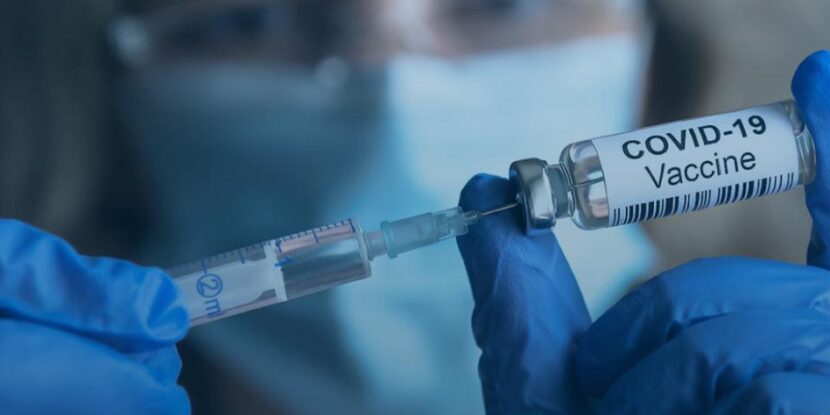Federal authorities’ routine collection of DNA from legal and illegal immigrants has surged dramatically since 2020, with a 50-fold increase in the number of samples in a national genetic database. A report by the Georgetown Law Center on Privacy & Technology indicates that over the past four years, the database has expanded by more than 1.5 million noncitizen profiles. Until the surge began in late 2020, just 30,000 samples were collected since DNA collection was authorized in 2005.
The substantial rise in DNA collection follows a 2020 rule change by the Department of Justice (DOJ) under the Trump administration, which mandated that the Department of Homeland Security (DHS) collect DNA from nearly all individuals detained at the border or within the country. Once taken, these samples are tested by the Federal Bureau of Investigation (FBI) and included in the Combined DNA Index System (CODIS), where they are marked as “offender” profiles and become accessible to law enforcement agencies nationwide.
Illegal immigrants can be challenging to track and identify after they’ve committed a crime inside the United States as they lack official government documentation and identification. The DNA database allows law enforcement agents to review genetic data and potentially connect illegal immigrants with suspects in unsolved crimes that may lack otherwise conclusive identification by witnesses.
Georgetown researchers argue that this practice raises significant concerns about privacy rights and the program’s constitutionality, suggesting it may violate the Fourth Amendment. Their report highlights that immigration agents are not bound by the same procedural rules that police must follow to obtain DNA from U.S. citizens.
The National Pulse has covered the surge in illegal immigrant crime extensively since the murder of Georgia nursing student Laken Riley by an illegal Venezuelan immigrant. Under the Biden government’s open borders policies, countless violent criminals have entered the country.



















